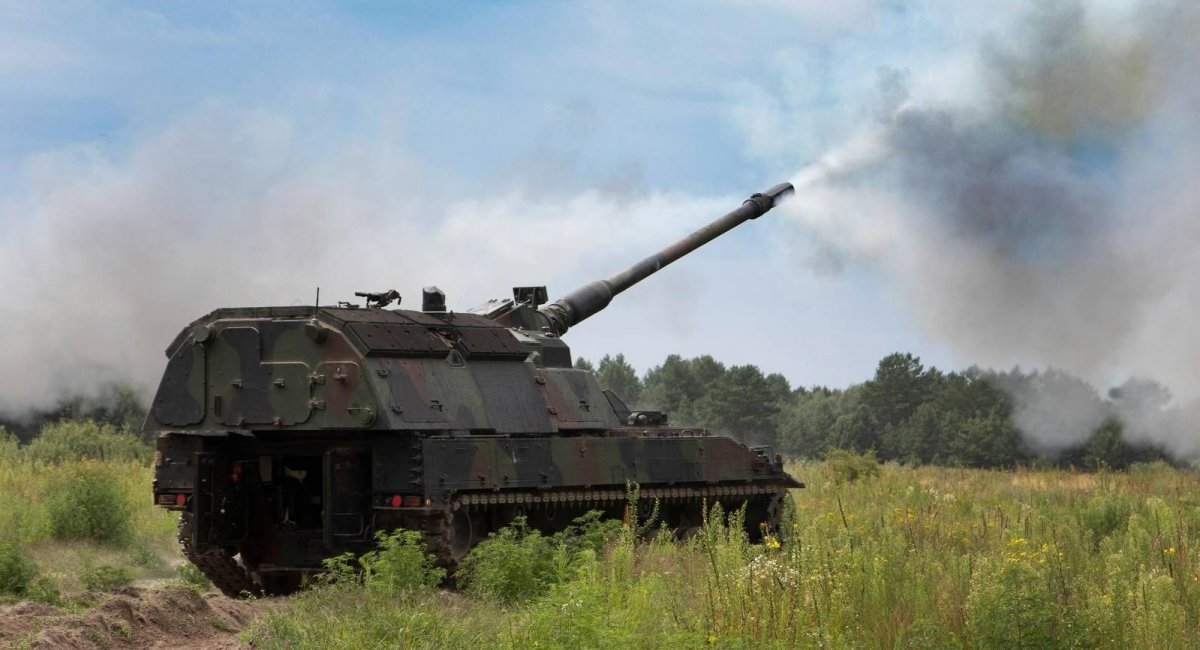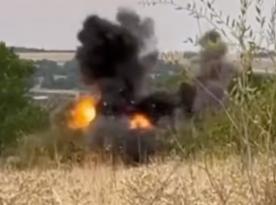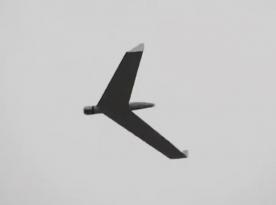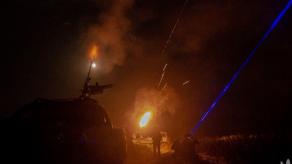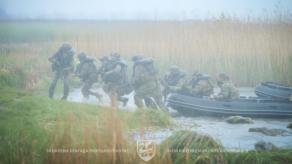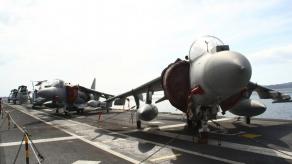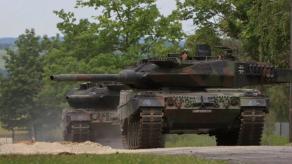Back in July 2022, the General Staff of the Ukrainian Armed Forces (UAF) published an interesting video showing the unusual 155-mm projectiles at work as they destroy two targets at once. It was soon confirmed that the Ukrainian Defense Forces had a special type of precision-guided ammunition, the SMArt 155, that is used with the German PzH 2000 self-propelled artillery system.
Some interesting new details about the practical aspects of the SMArt 155 usage have been brought to light by Ukrainian artilleryman and PzH 2000 crew commander Andrii Kobzar, in an interview with the Vodohrai magazine.
Read more: Rheinmetall Receives the Largest Contract in Its History, Including Shells for Ukraine
Andrii says his unit received a "sufficient quantity" of these artillery rounds in late February 2023. These projectiles are no ordinary shells, so first things first, the crew had to understand how they work and how to use them against russian military equipment with the utmost effectiveness.
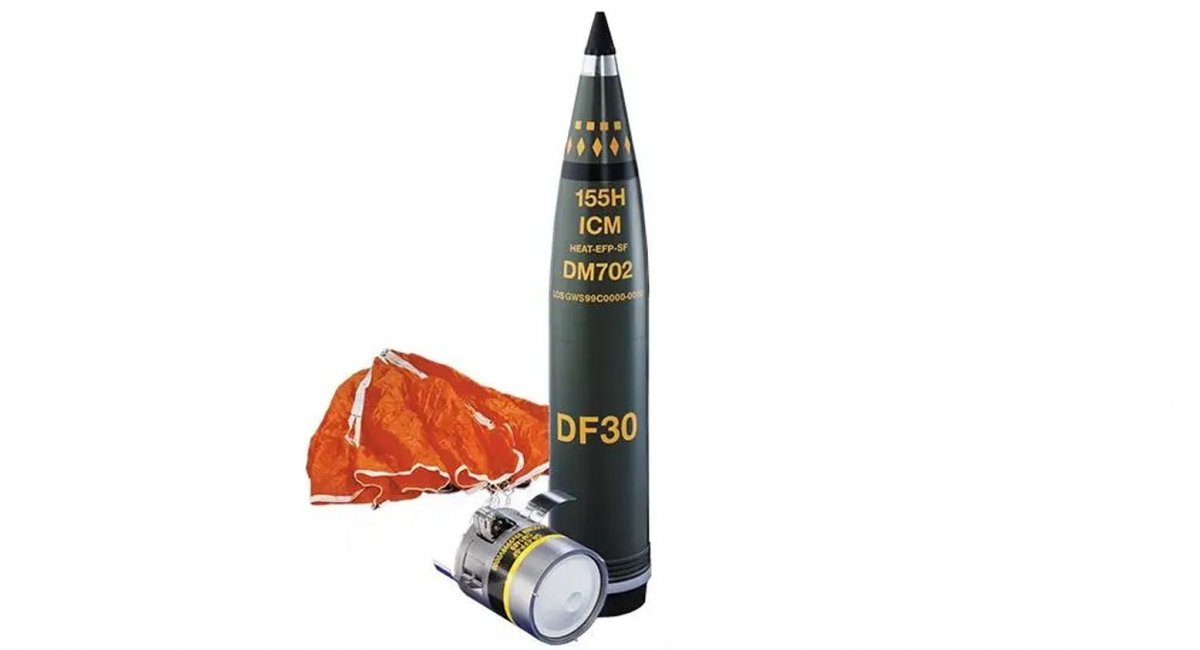
In a month and a half of active use, the PzH 2000 crew under Andrii Kobzar's command had spent 136 SMArt rounds: 36 were used to master the basics, and the remaining hundred were used to destroy as many as 41 tanks, plus an unspecified number of other russian military assets like infantry fighting vehicles, towed guns and trucks.
"The weapon [SMArt ammunition] is very effective, nothing saves from it," Kobzar notes. The advantage of such 155-mm shells compared to the smart munitions relying on GPS guidance, like the M982 Excalibur or Vulcan, is that the enemy electronic warfare systems cannot hinder their accuracy in any way.
Each round contains two submunitions and they both have reliable sensors and identify enemy targets very clearly, distinguishing the real combat vehicles from mock-ups or decoys. The crew just needs to program the fuze correctly. Another interesting point is that submunitions utilize shaped charge with a liner made of niobium, which effectively lands a hit on the enemy vehicle even through slat armor.
So, by all accounts, the only real downside to this ammo is the quantity. There are no reliable data on how many SMArt rounds or similar shells Ukraine has received from partners. Still, we can pay attention to the public information that in the early 2000s, when these shells were mass-produced, a total of 12,000 rounds were manufactured: 9,000 went to the German army, and 3,000 were exported.
Regardless, in the fall of 2022, Germany commanded to resume production of SMArt 155, although it will take five years to crank the conveyors up again. Besides, it is important to understand that the per-shell cost of SMArt 155 fluctuates around tens of thousands of US dollars. However, it is still considered efficient due to the high accuracy and thus low expenditure of this weapon.
Read more: GLSDB is Affected by EW But Air-Launched SDB is Not, Even Though it's the Same GBU-39: Why So




